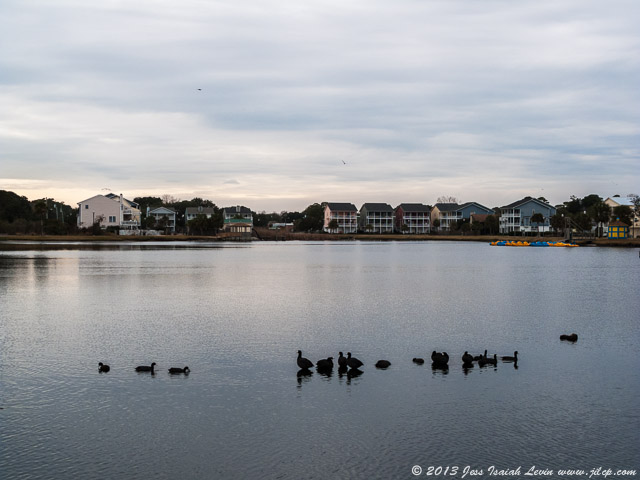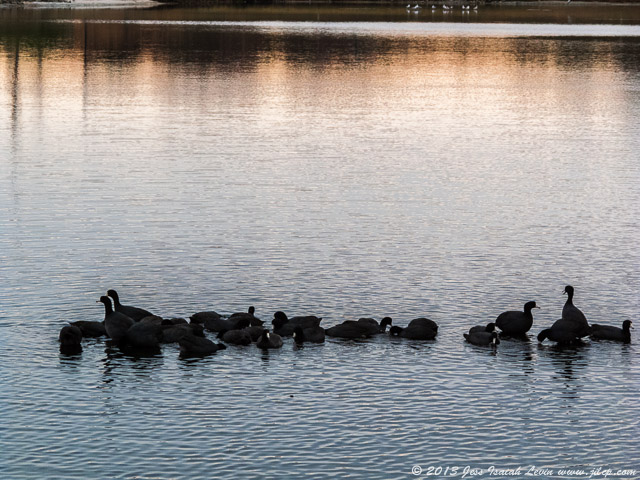There are sometimes arguments over whether photography should or shouldn't portray reality. Of course in the case of photojournalism, I don't think there's any question: when the purpose of a photo is to illustrate or clarify events that are reported as news, the photo should, as far as possible, be an unaltered representation of things as they "really" are, as they happened. It's worth pointing out that any journalist brings an individual background to the scene, and may - intentionally or not - notice certain facts and not notice others. That's just part of being human. The same is true of any photographer. The decisions about what is relevant to a photograph and what constitutes merely distraction are being made all the time and affect such basic constituents of a photograph as where the photographer decides to stand (or kneel, or lie on the ground), what direction the camera is pointed, what angle of view (determined by lens focal length) is chosen, and at what moment the shutter is released.
After that decisive moment, many other choices remain. Here's a mundane shot of a mourning dove that I made a day or two ago. I liked the attitude it struck, and the shaft of sunlight. But how to process the photo, what to do with it...
First, I cropped heavily, because the only interesting things to me were the bird and the patterns of light and dark immediately around it. (The choice of focal length was limited to what was at hand, and 400 mm didn't give a narrow enough view to get me "close to" the dove.) Second, I made adjustments to exposure and contrast, and realized that there were two dominant tones: the blue of the sky (which spilled into the white feathers) and the brown tree bark (which was mirrored by the brown feathers). I decided to emphasize those colors by exaggerating them. I converted the image to monochrome (black and white, which of course actually includes a whole range of gray tones), then applied a duotone mix. I used a red brown for the dark tones, a compromise between the color of the feathers and that of the bark. Then I chose an almost sky blue for the bright tones. I think the result has at least a color harmony, and perhaps evokes the cold that was in the air, without the benefit of snow or ruffled feathers to help convey the impression.

This next image is a straight forward depiction of a confluence of trees, one deciduous variety bare of any leaves, with a backdrop of evergreens. I simply liked the pattern. It wasn't completed by snapping the shutter, though. I worked the image in Adobe Lightroom® to bring each of the three layers of the scene (textured trunk and branches, green needles, blue sky) to equal strength. This way the whole comes through as an abstract pattern more than a three dimensional reality. In many cases I would be striving to intensify the illusion of depth that can be created with a two dimensional image, but not this time.
Finally, I present one more attempt to show the look of a dry winter.
Do you see the light stone path that travels across the width of this image? Of course you
don't! At least half of it is hidden behind the foreground leaves. But you may have the impression that there is a continuous path there (and in fact there is). The point is obviously that we are so strongly inclined to notice straight lines and regularity of shape that our minds complete implied structures, sometimes from rather scant visual evidence.
Permalink: http://jilcp.blogspot.com/2013/01/conscious-and-hidden-decisions-in.html



























































